Jesse Thompson captures the Baltics
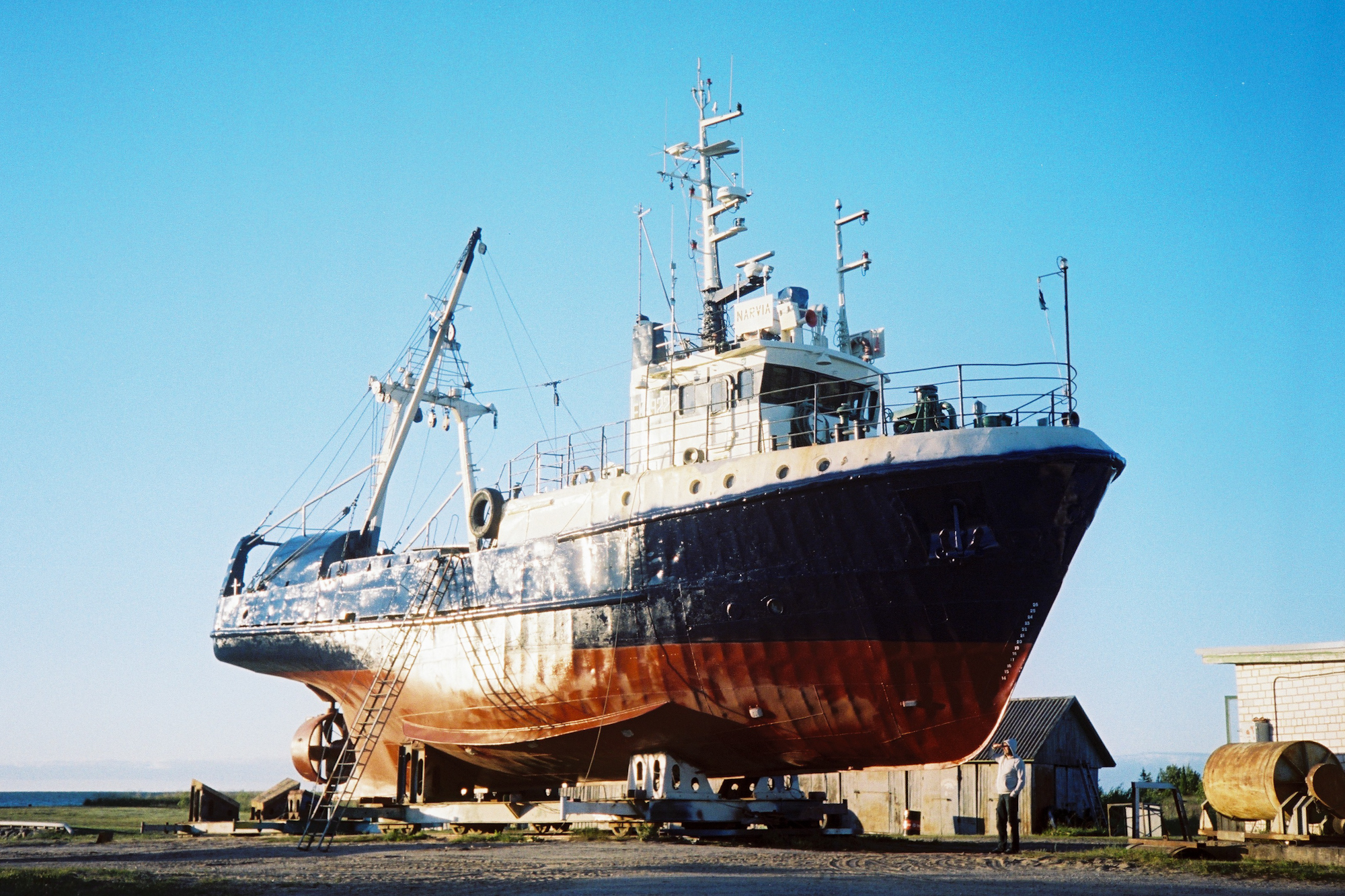
Estonia, Lithuania, Latvia – the three Baltic states remain a bit of an enigma even in our hyper-connected world. Traversing this sliver of Europe between Scandinavia and Russia, with a socialist history and a dynamic, hi-tech present, photographer Jesse Thompson captures a series of observations on the lift of prosperity and the weight of the past.

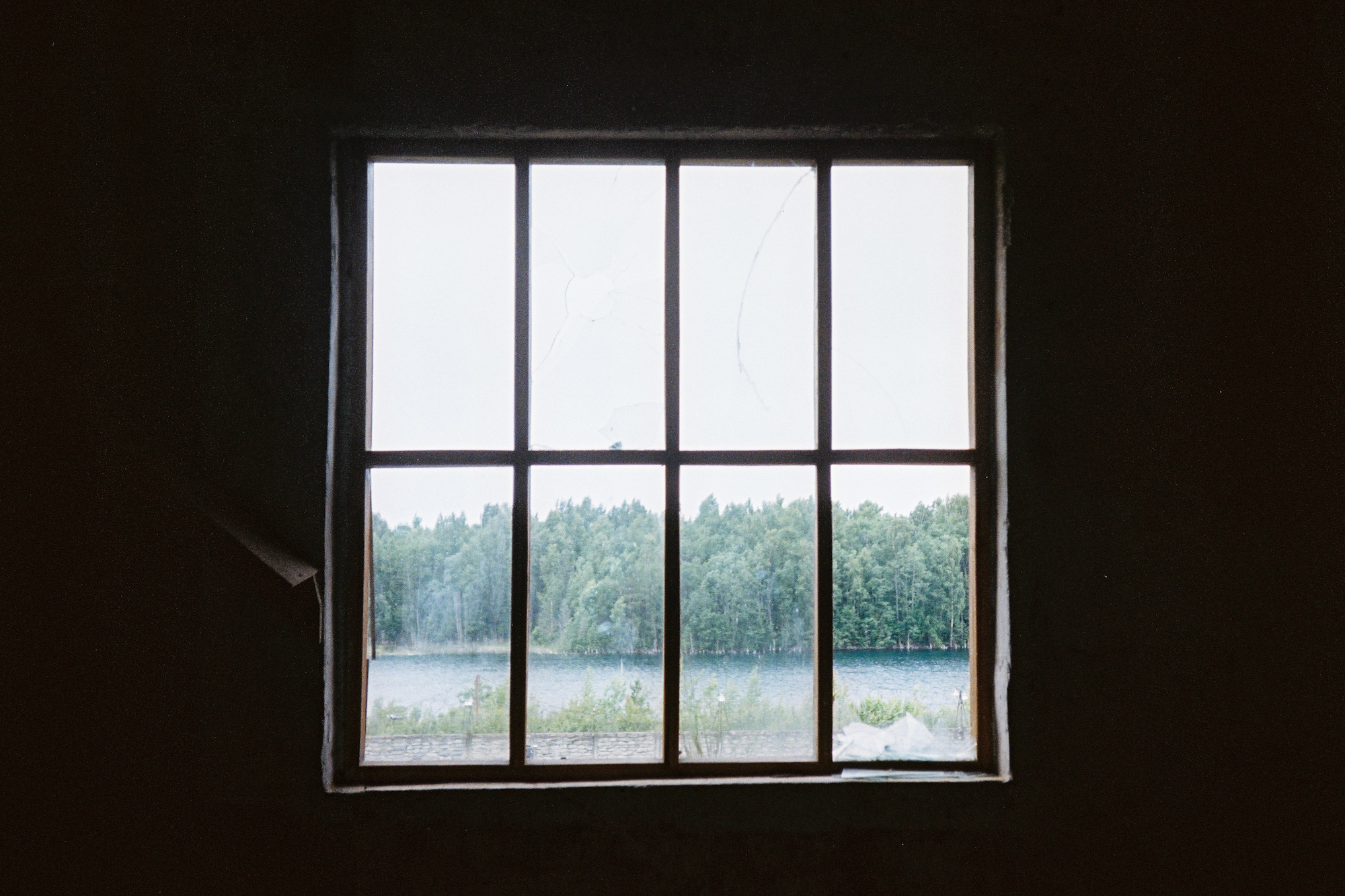
To my knowledge, there aren’t many places left in Europe that are spared the crowds of tourists that flood the continent in the summer months. The Baltic countries, however, seem to be one of the last regions that is yet to attract a lot of attention, which is why I decided to travel there this year. These photos were taken during a three-week trip in the three Baltic countries; Estonia, Latvia and Lithuania. As such, this series was less of a preconceived project and more of an in-the-moment reflection on the things that I found interesting.
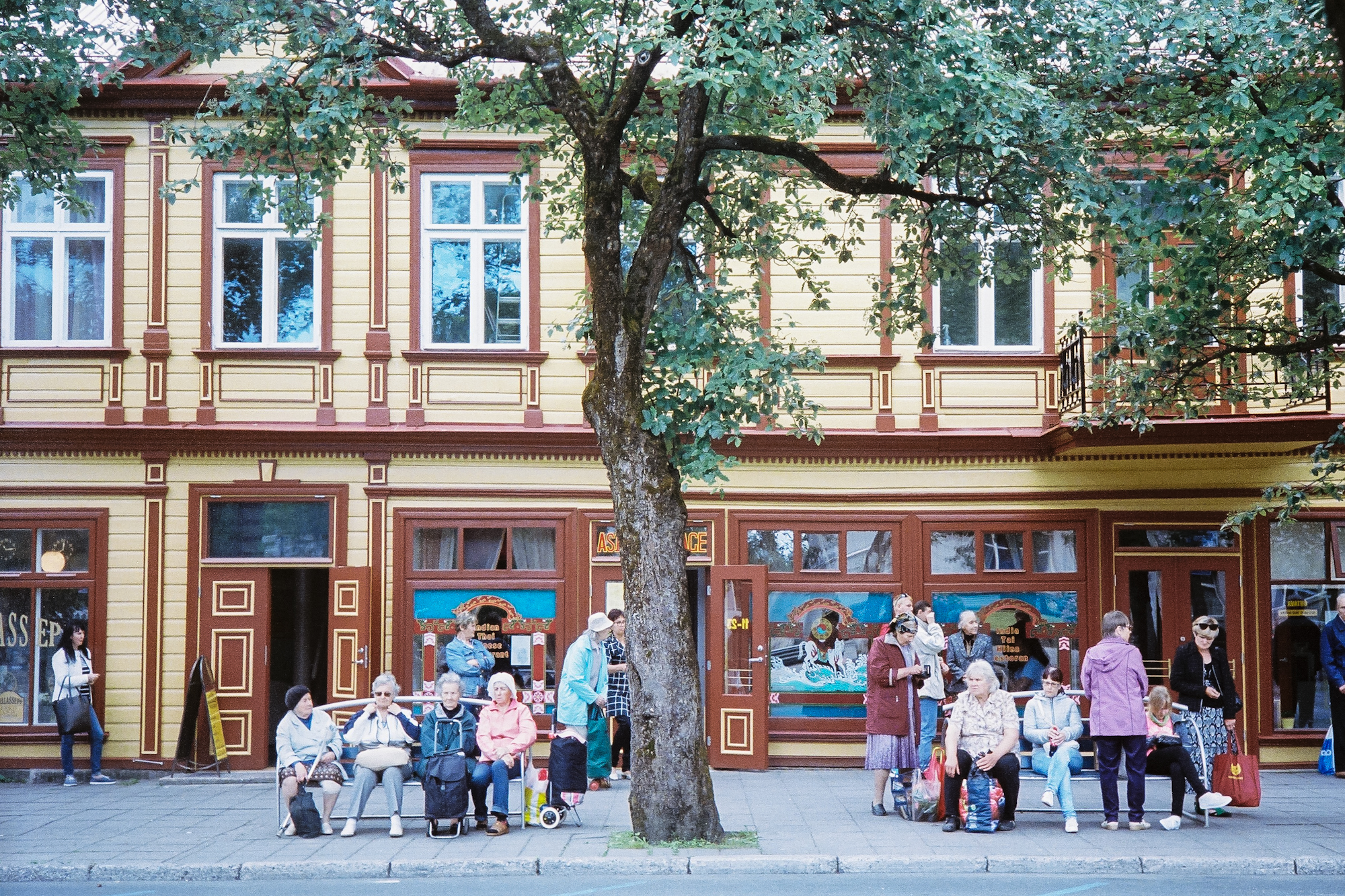
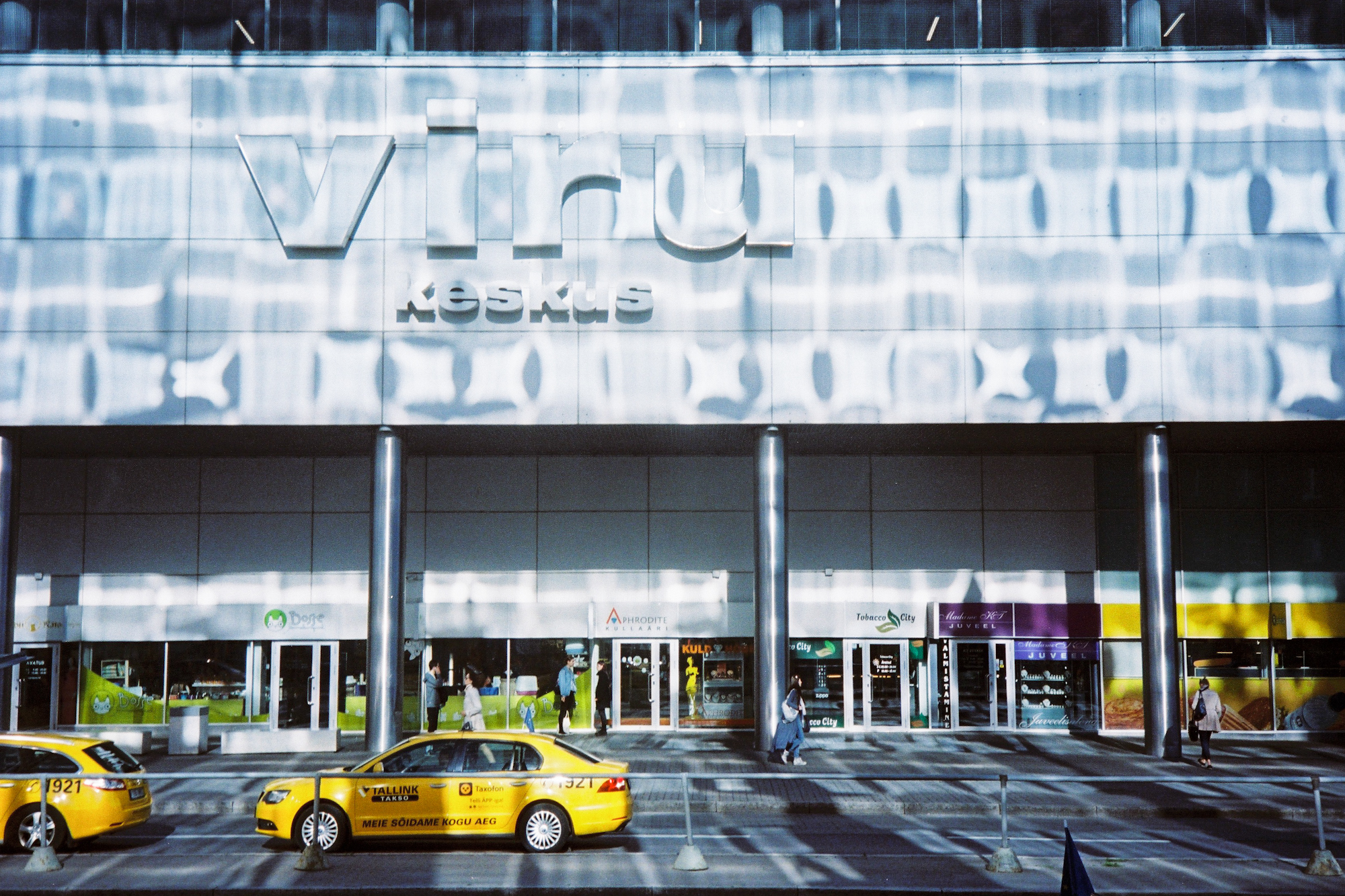

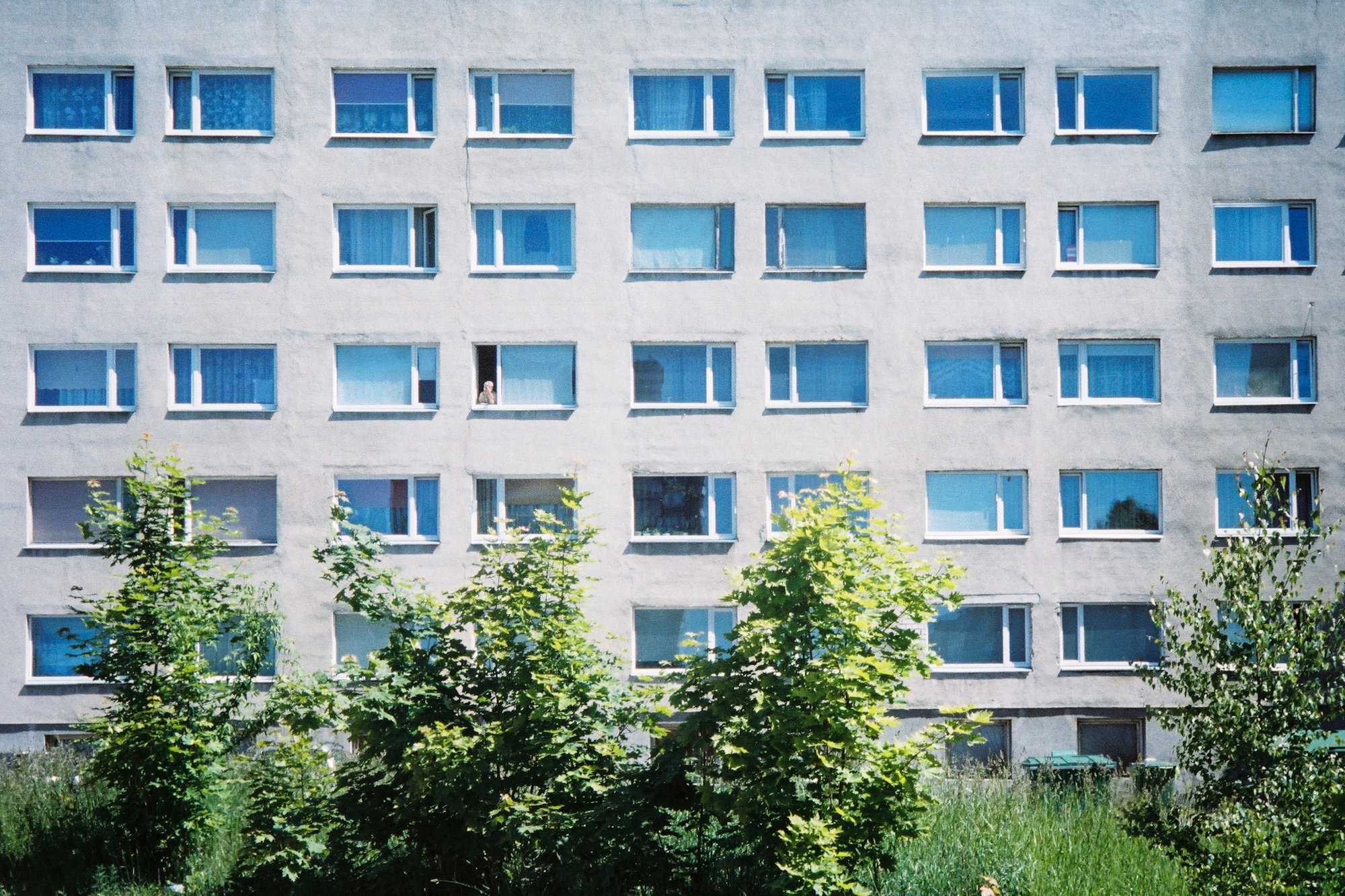
What really struck me about this part of the world, and what has ended up being reflected in this series, was the way in which the past was so visible, and the way that it bore such an obvious contrast to the present.
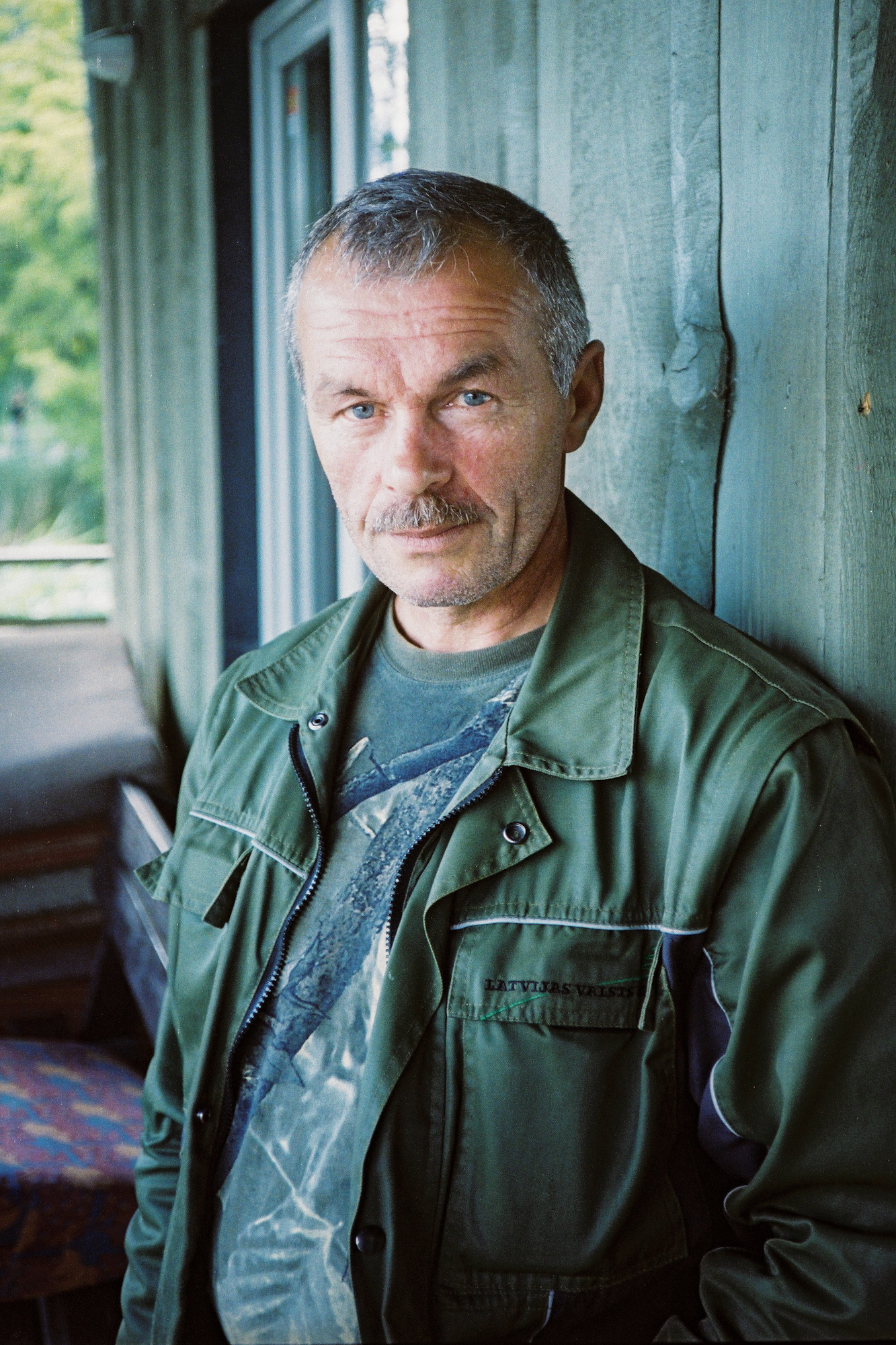
Reminders of the Soviet occupation – that ended just 25 years ago – were everywhere, from communist monuments to Brutalist apartment buildings, and even including an abandoned prison that was used to hold political dissidents. The era of communism may have ended, but was far from being erased from people’s memories, or indeed the physical landscape. At the same time, the visible evidence of burgeoning capitalism was just as ubiquitous; with modern cars, shopping malls, smartphones and various other marks of the establishment of a new era that promised freedom and prosperity.
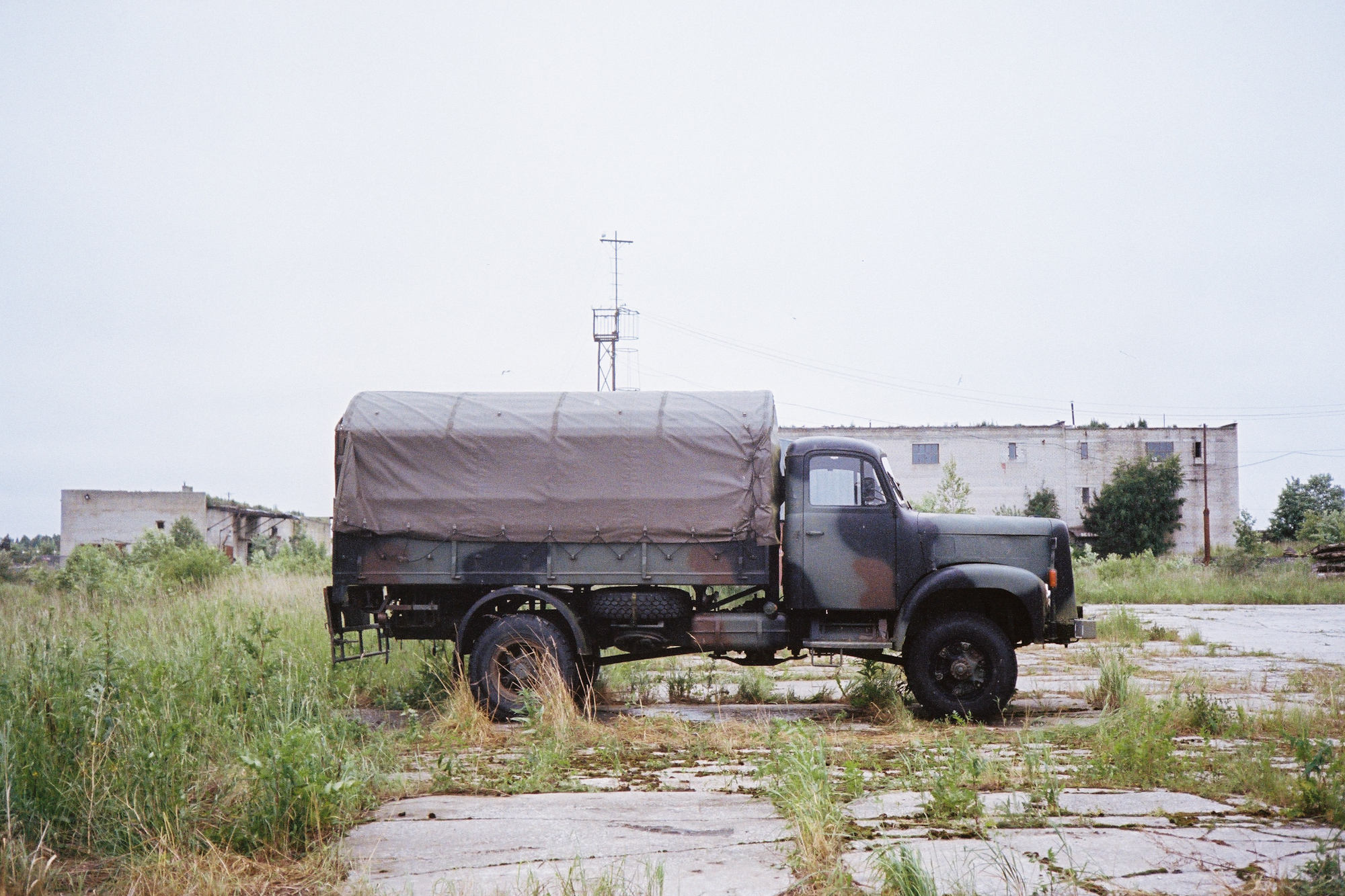
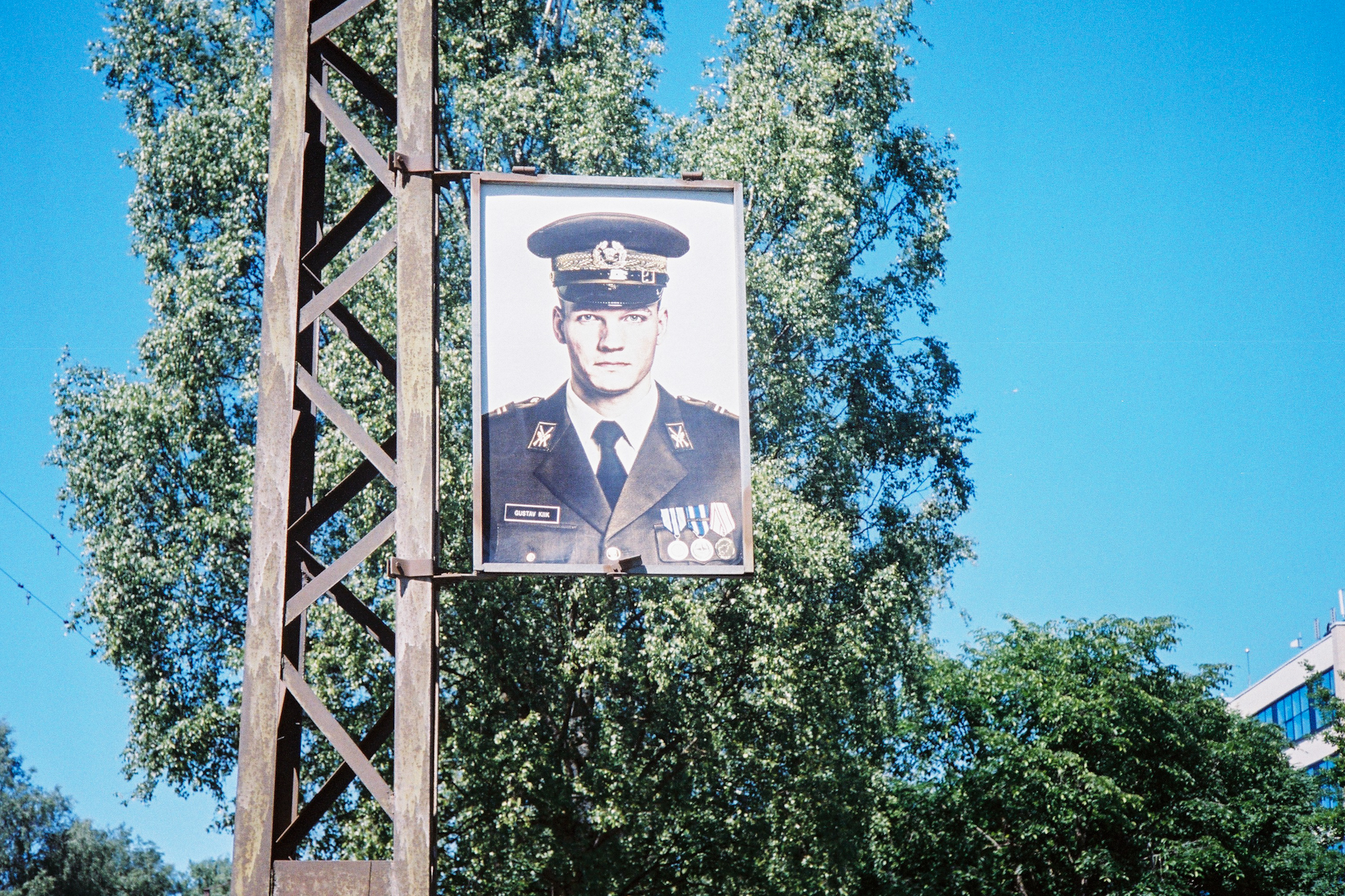
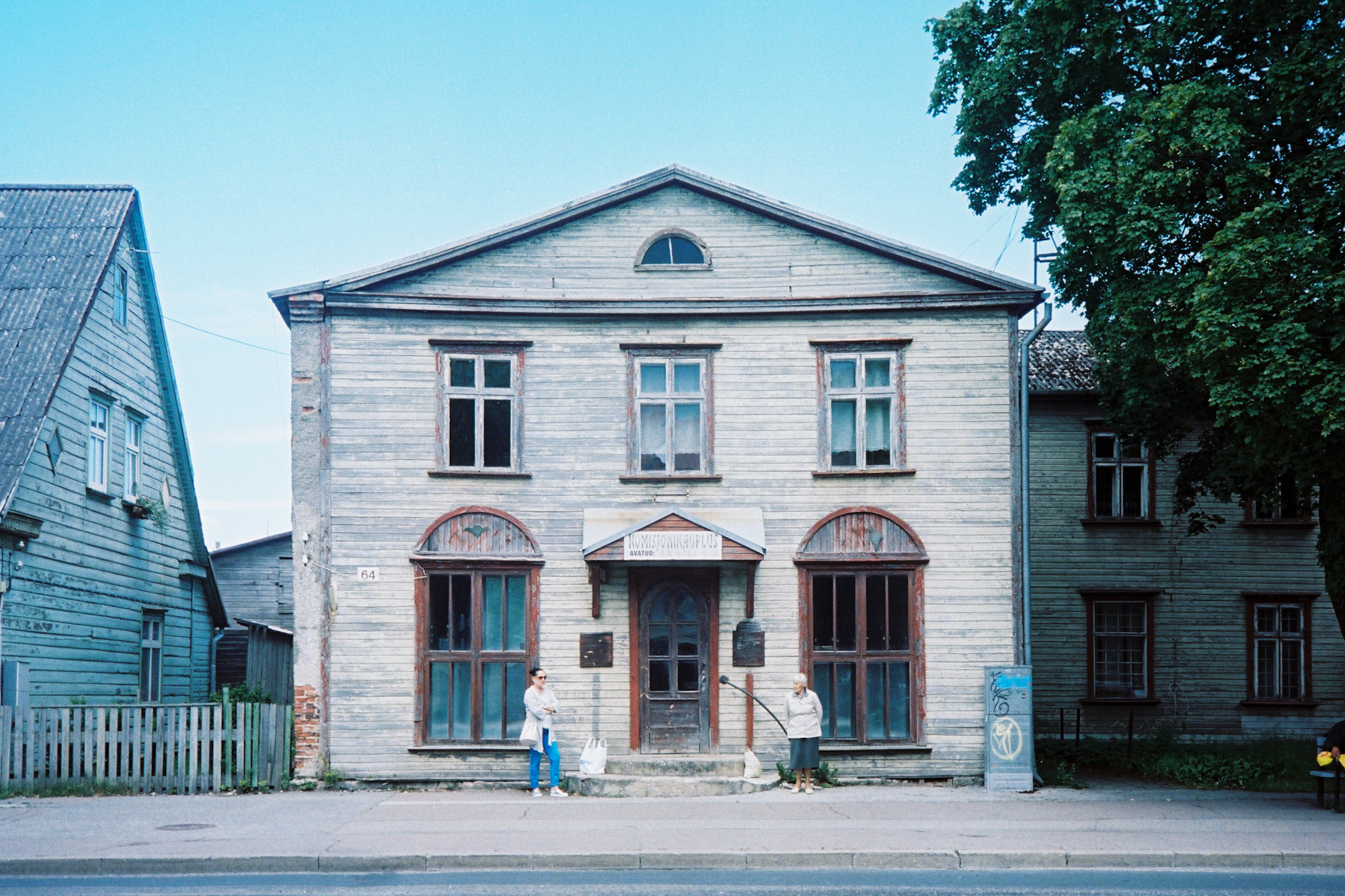

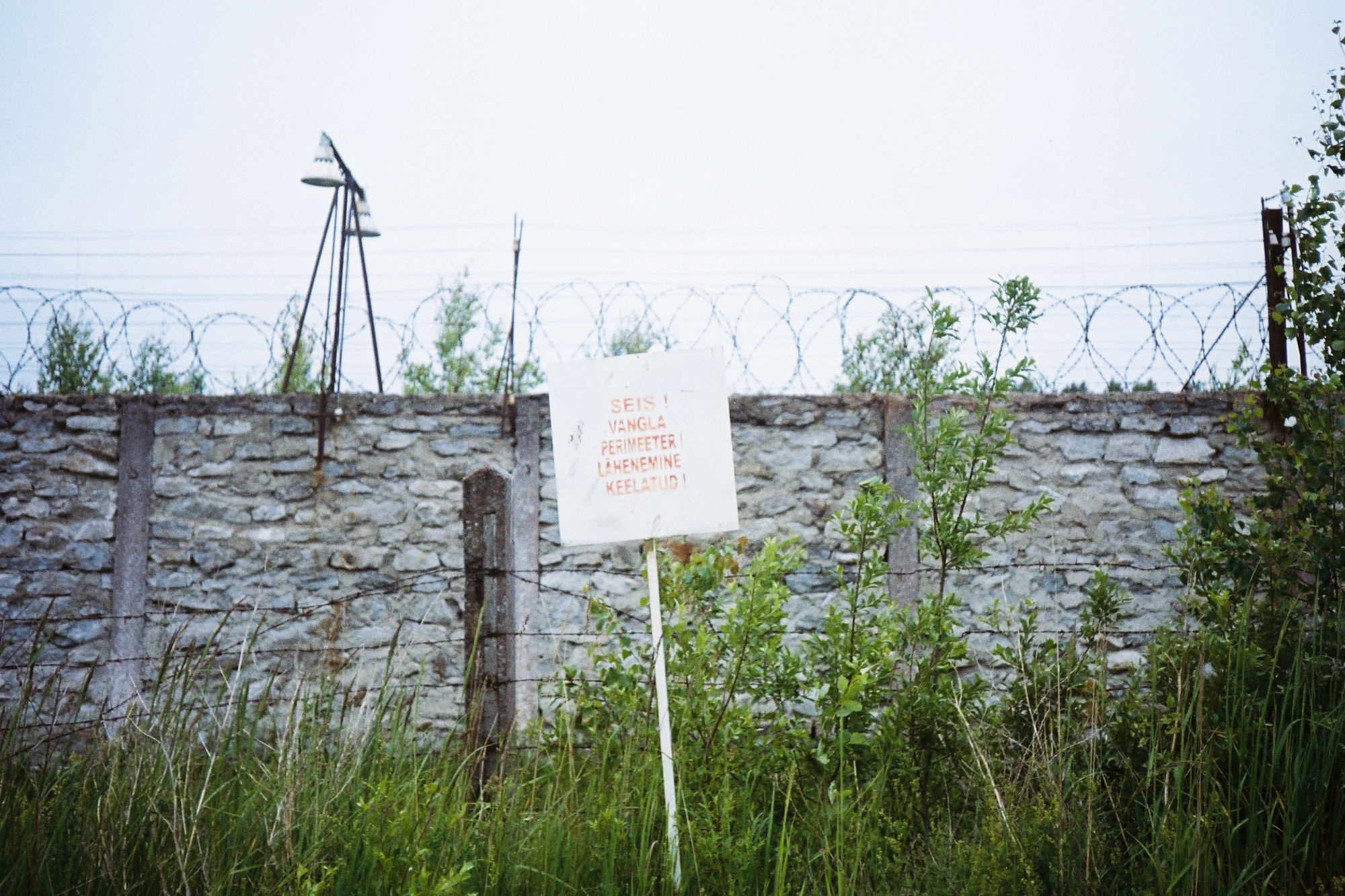
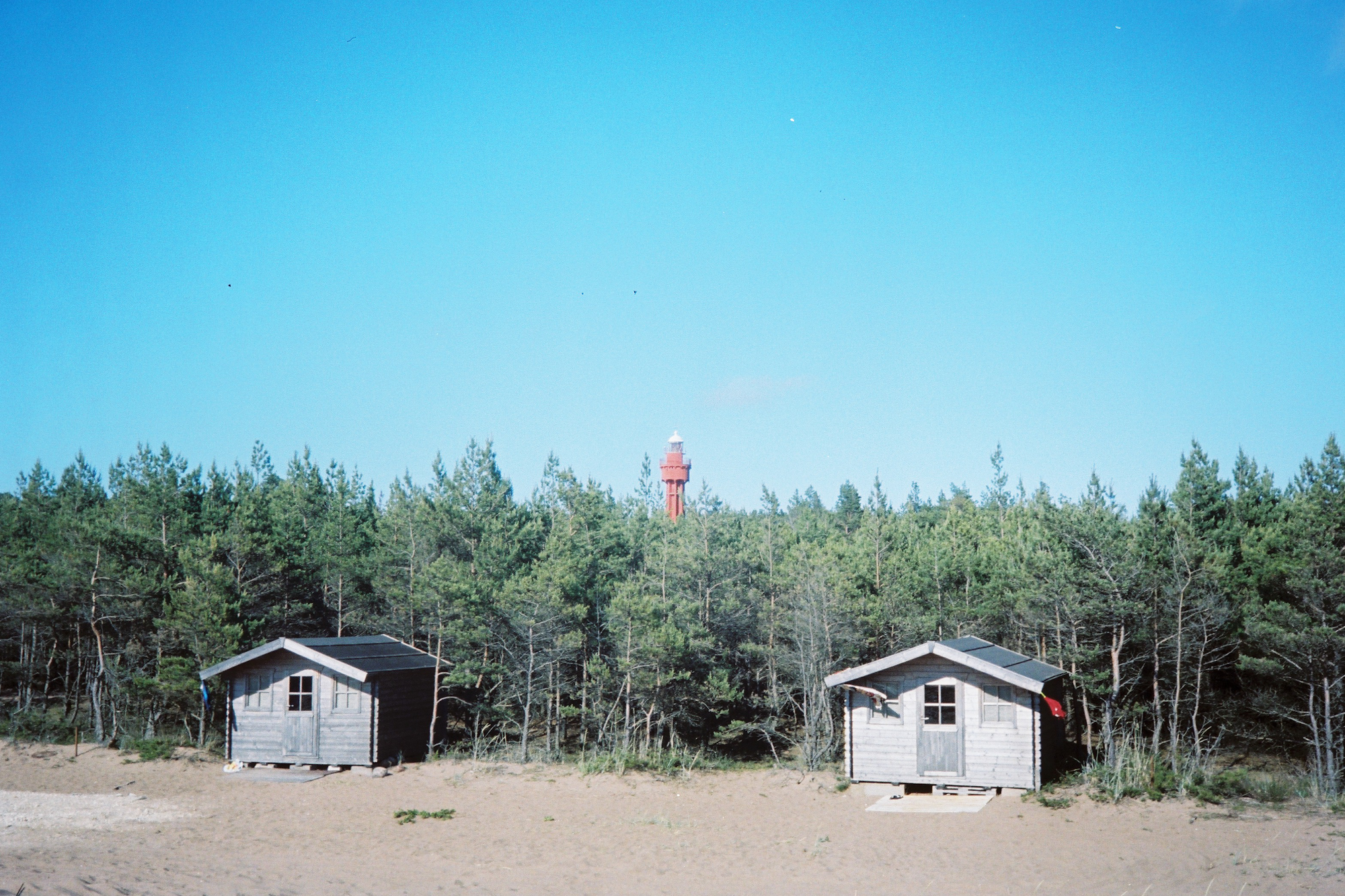
It’s rare, at least in my experience, to be somewhere that has so recently passed such a significant historical moment. Everyone I met (or the ones that were old enough to have experience both sides of the divide, at least) reflected on the past in a way that made it seem that their lives were divided into two distinct chapters. Of the people I met, everyone was of the opinion that life was better now than under the Soviets.
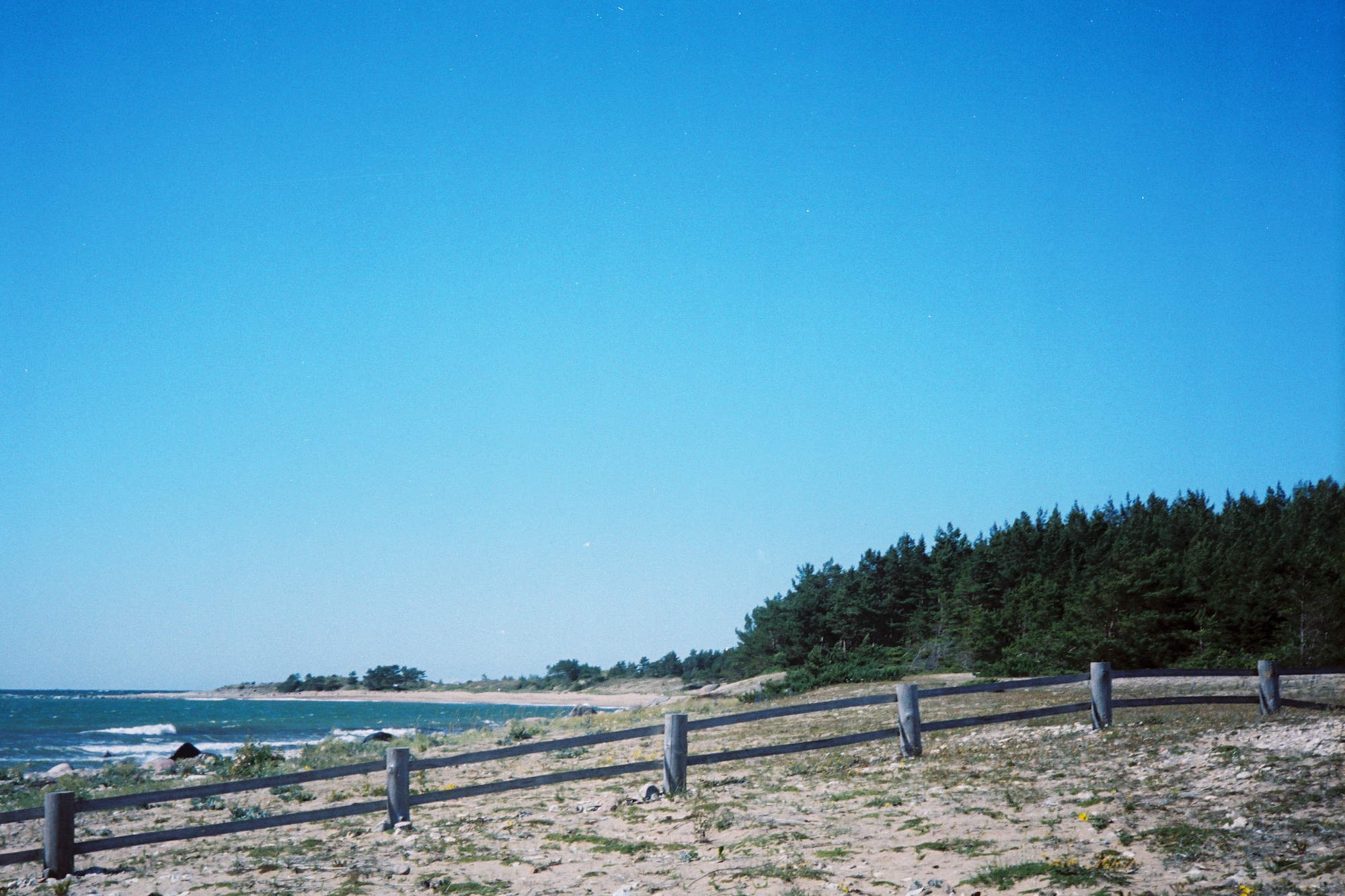

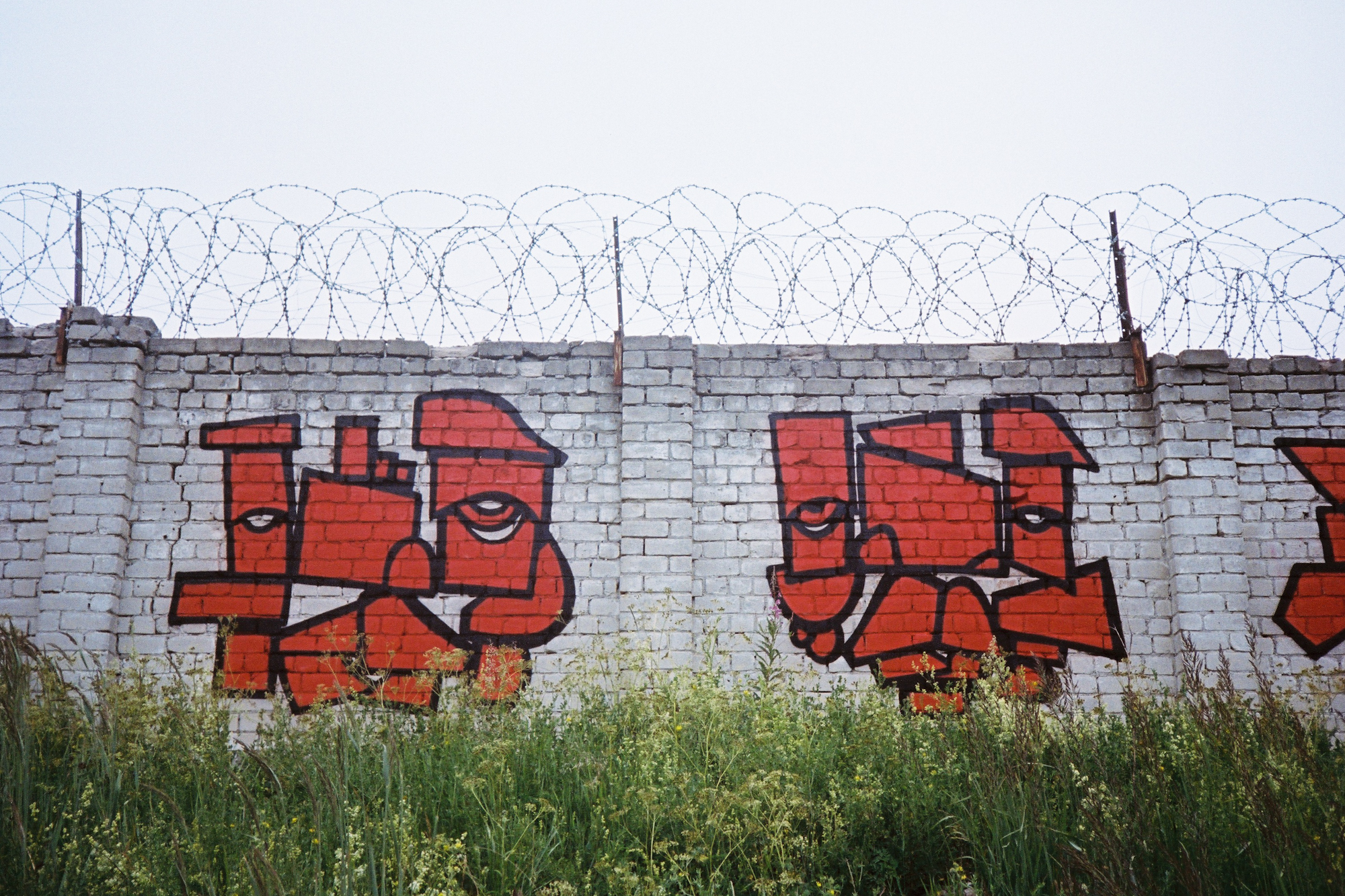
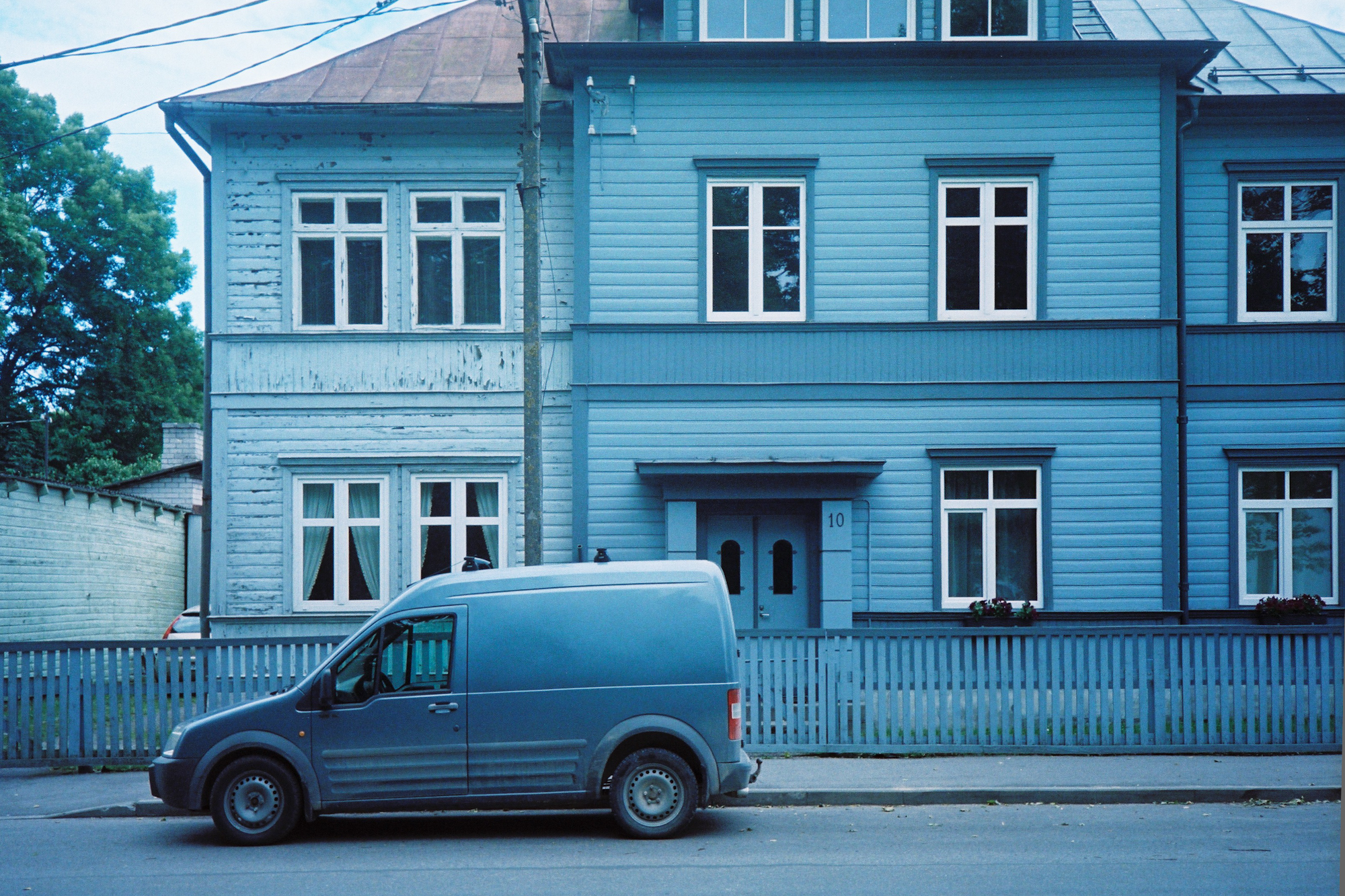
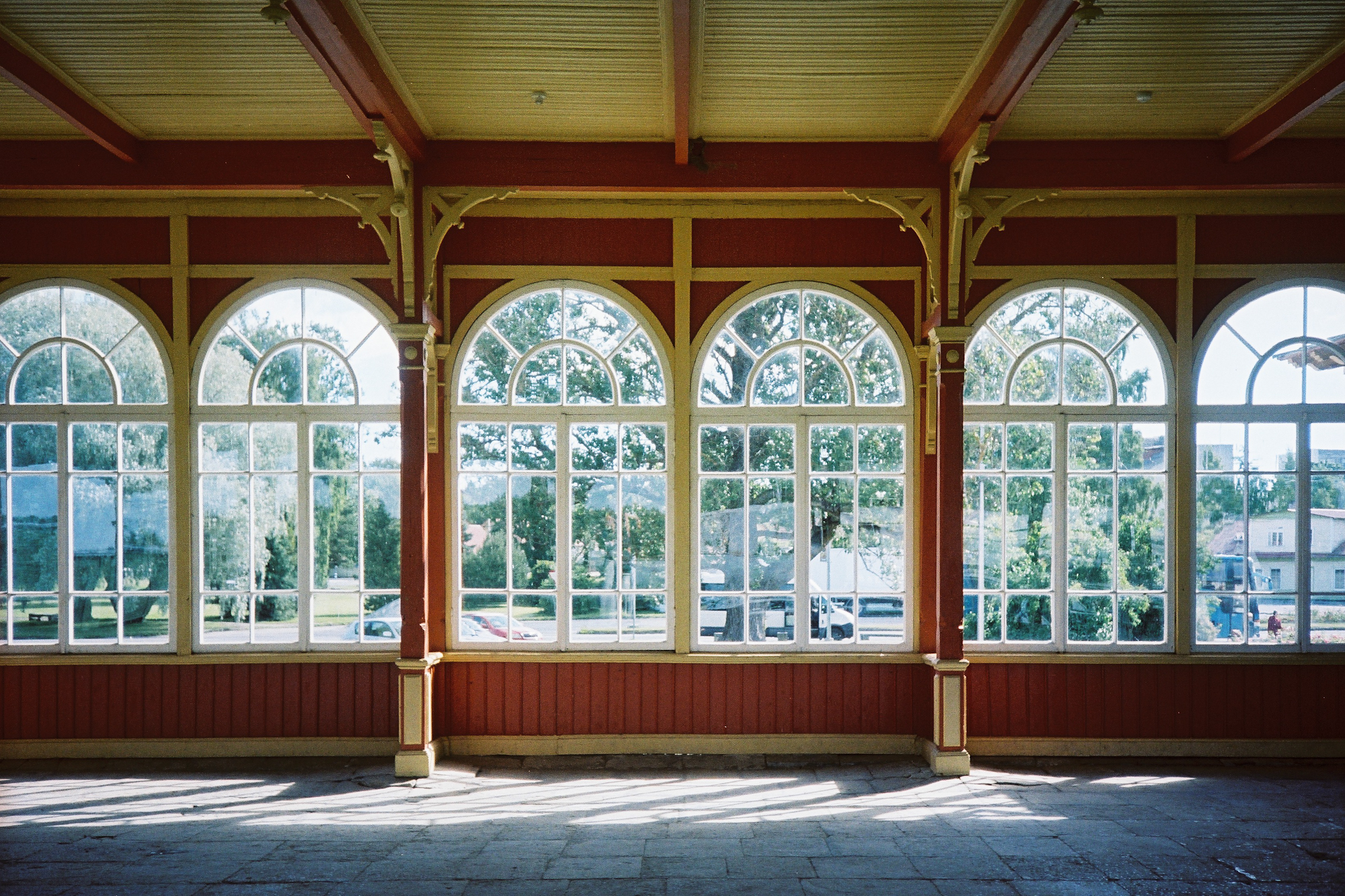
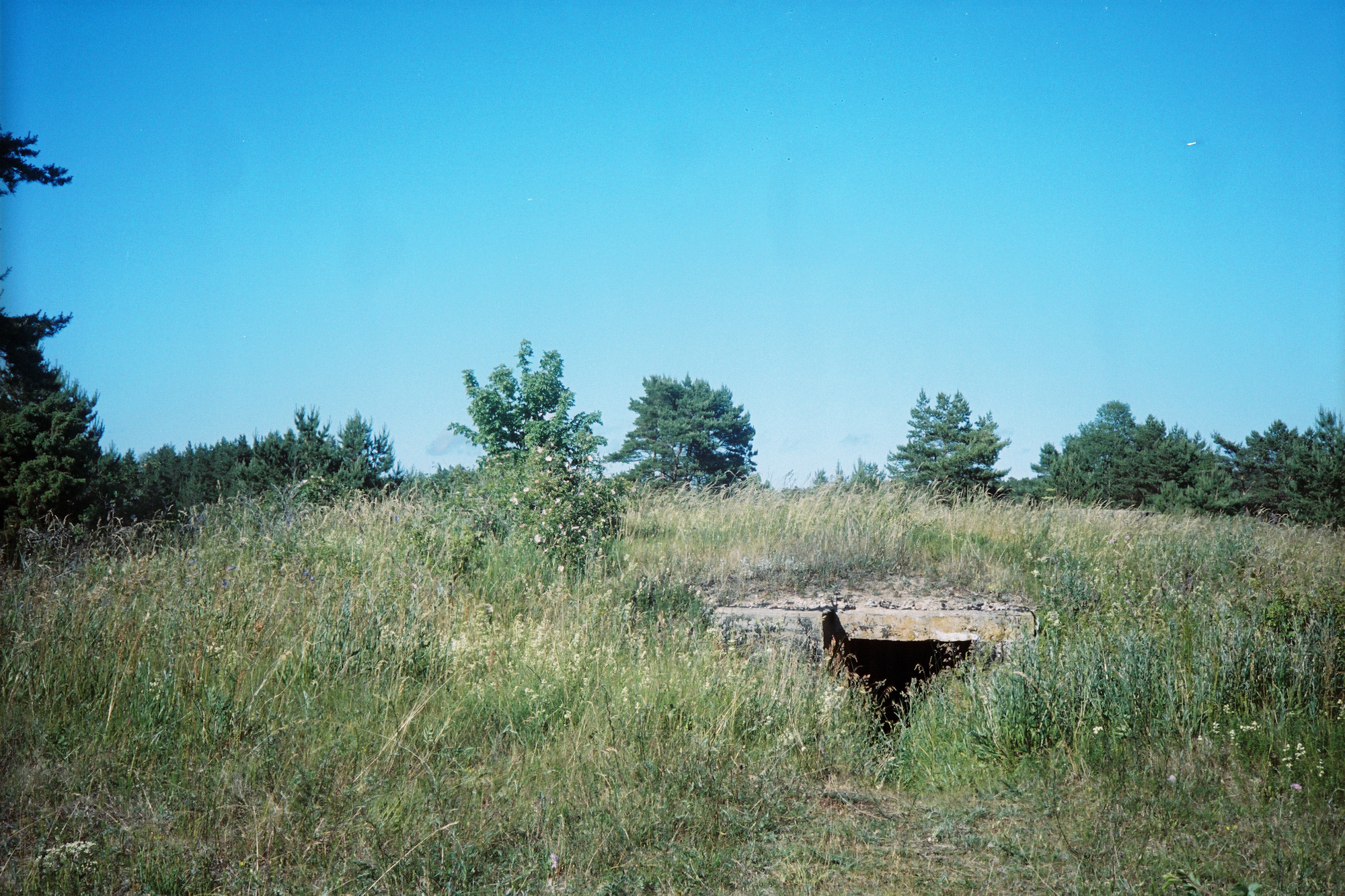
Not everyone took the same position, however. A girl that I met in Rummu, Estonia, who went on to become a friend, explained to me that while most people were happy to be free, and embraced the prosperity and mobility that independence and the subsequent arrival of capitalism had engendered, there were a lot of people who remained nostalgic for the Soviet days. She explained that some people felt that life was easier when everyone had a role and weren’t forced to compete against one another to make a living:
“Most people welcome the change, but some feel that they’ve been left out of the promise of prosperity”.
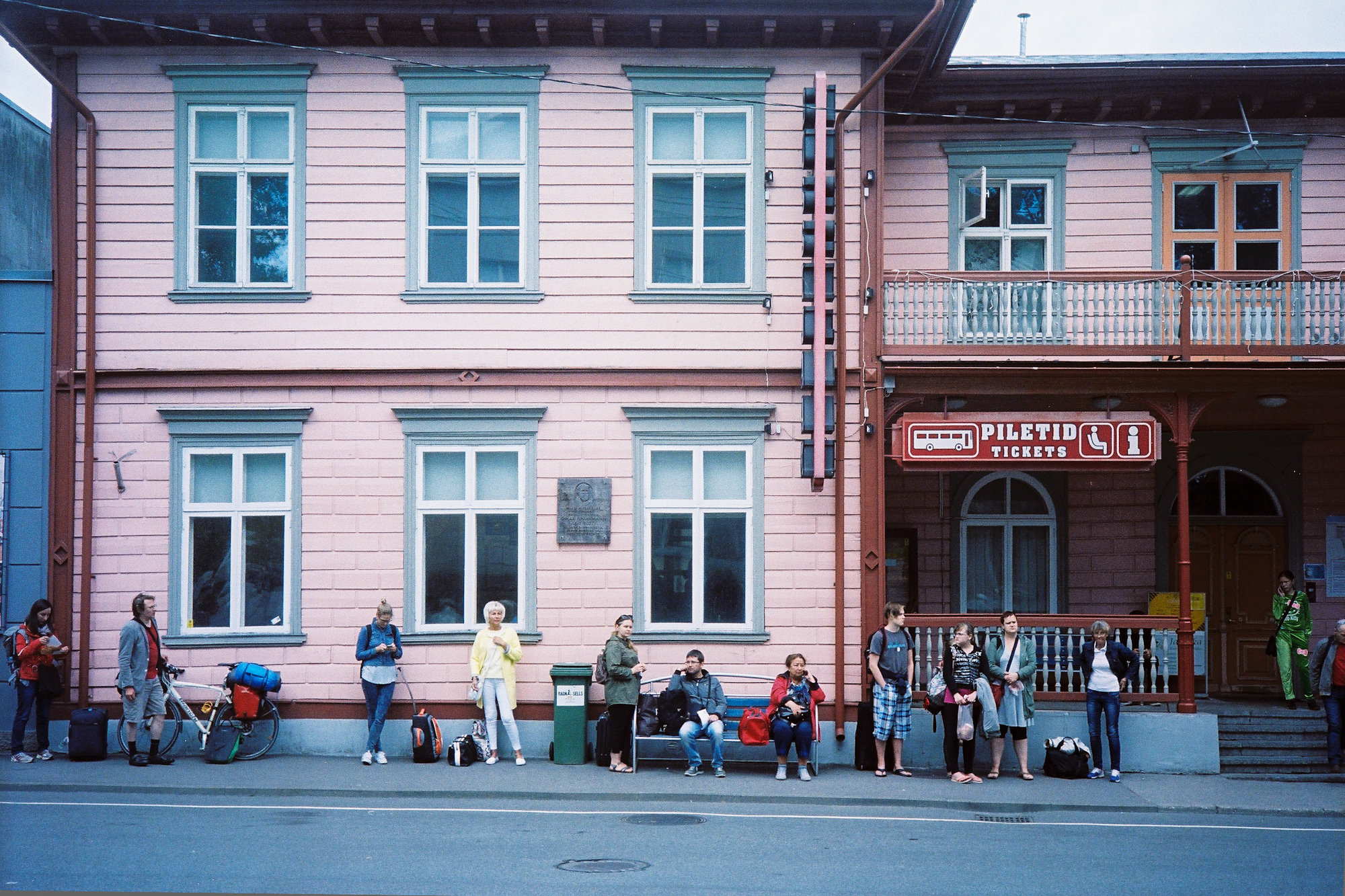

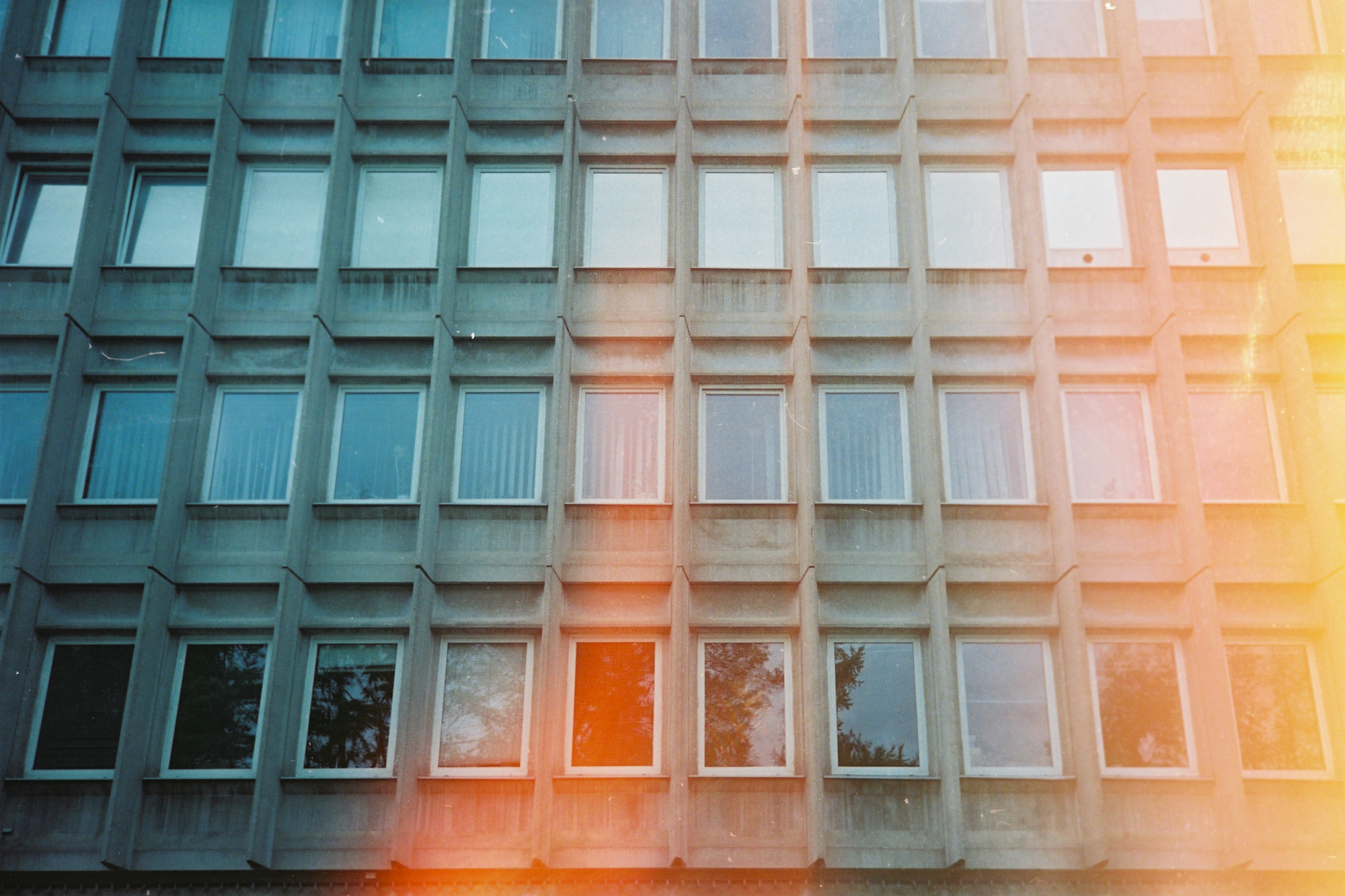
Many thanks to Jesse for letting us see the Baltics through his eyes. You can see more of Jesse’s photography on his website and Instagram.